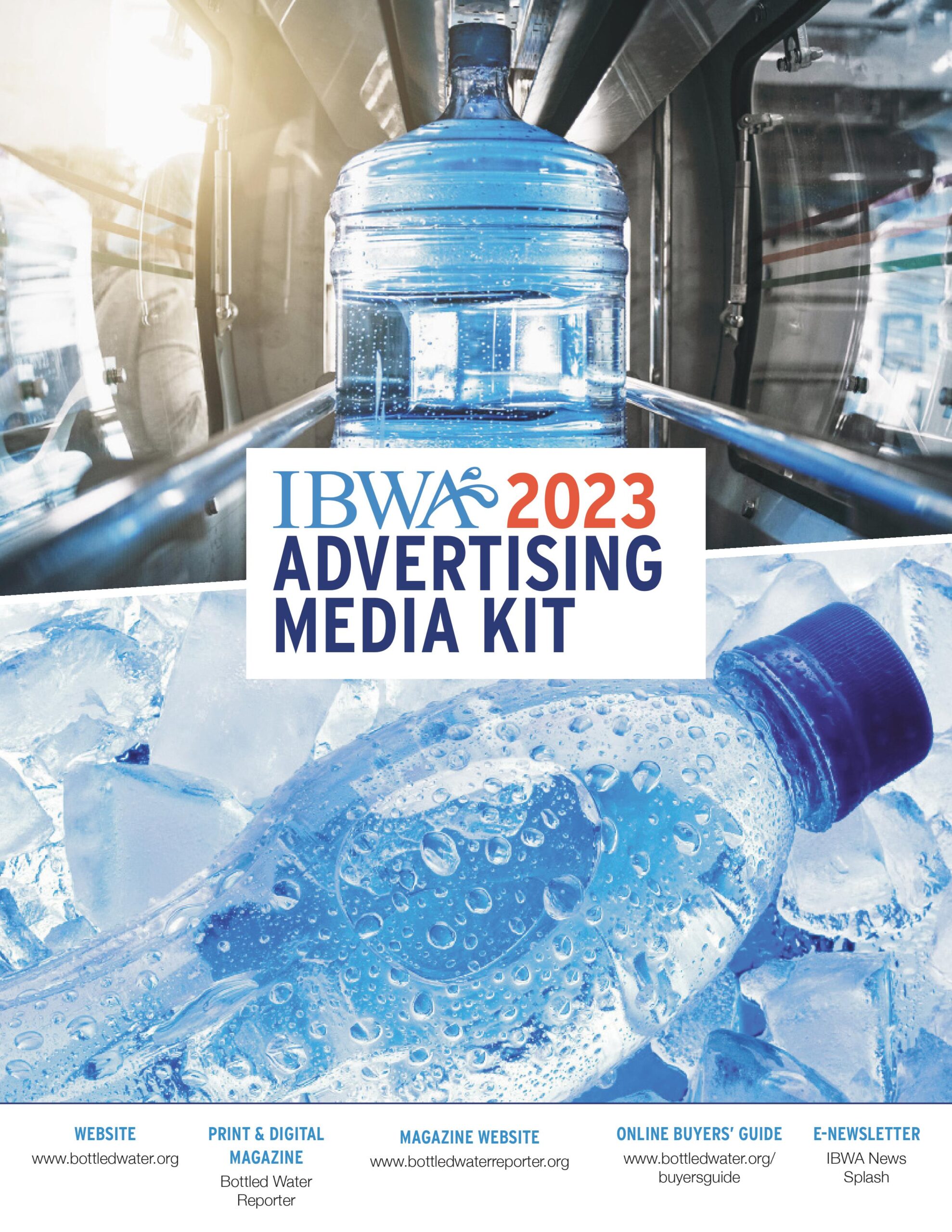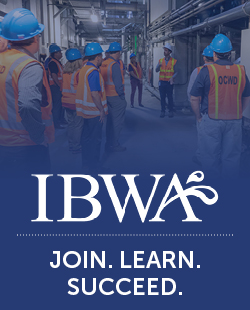Arsenic
Arsenic
DECEMBER 12, 2001
THE FOOD AND DRUG ADMINISTRATION SHOULD PROMPTLY IMPLEMENT A NEW BOTTLED WATER QUALITY STANDARD OF 10ppb FOR ARSENIC
Background
On January 22, 2001, the U.S. Environmental Protection Agency (EPA) promulgated a revised National Primary Drinking Water Regulation for Arsenic (66 Fed. Reg. 6976), which lowered the Maximum Contaminant Level (MCL) for arsenic from 50 ppb to 10 ppb. The new standard, which goes into effect January 2006, applies to all community water systems and non-transient, non-community water systems. In addition to lowering the arsenic MCL, the regulation establishes monitoring requirements as well as approaches for water systems to use to demonstrate compliance. IBWA believes that FDA should lower the current arsenic standard of quality for bottled water to 10 ppb and implement this new standard promptly.
Action Needed
Section 410 of the Federal Food, Drug, and Cosmetic Act (FFDCA) requires that the Food and Drug Administration (FDA) review all new EPA regulations for public drinking water systems and determine whether they are applicable to bottled water. FDA must propose regulations for bottled water within 180 days after the effective date of EPA’s public drinking water standards or make a finding that such a regulation is not applicable to bottled water.
FDA currently has a standard of quality for arsenic in bottled water. In accordance with 21 CFR § 165.110(b), the standard of quality for arsenic in bottled water is 50 ppb. IBWA recommends that FDA lower the arsenic standard of quality to 10 ppb and implement this new standard promptly. In revising the arsenic standard, FDA should maintain the same annual monitoring frequency and process for compliance determination that are currently in place for bottled water [21 CFR §129.80 (g)(2)]. The FDA annual monitoring system for arsenic has worked well for a number of years and is protective of public health.



